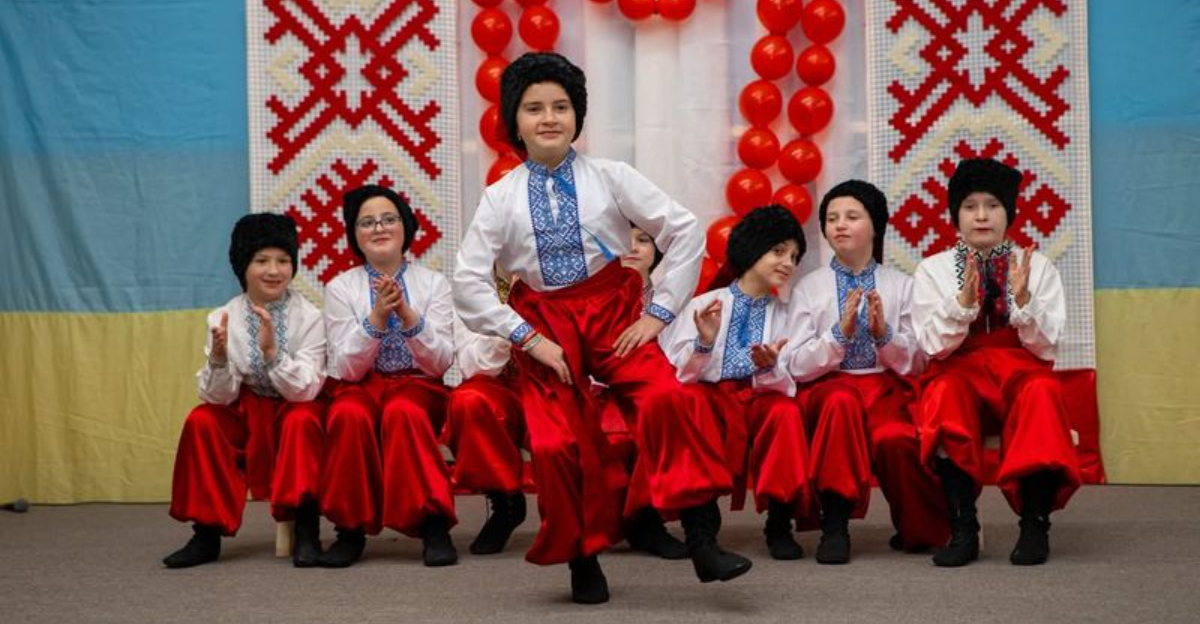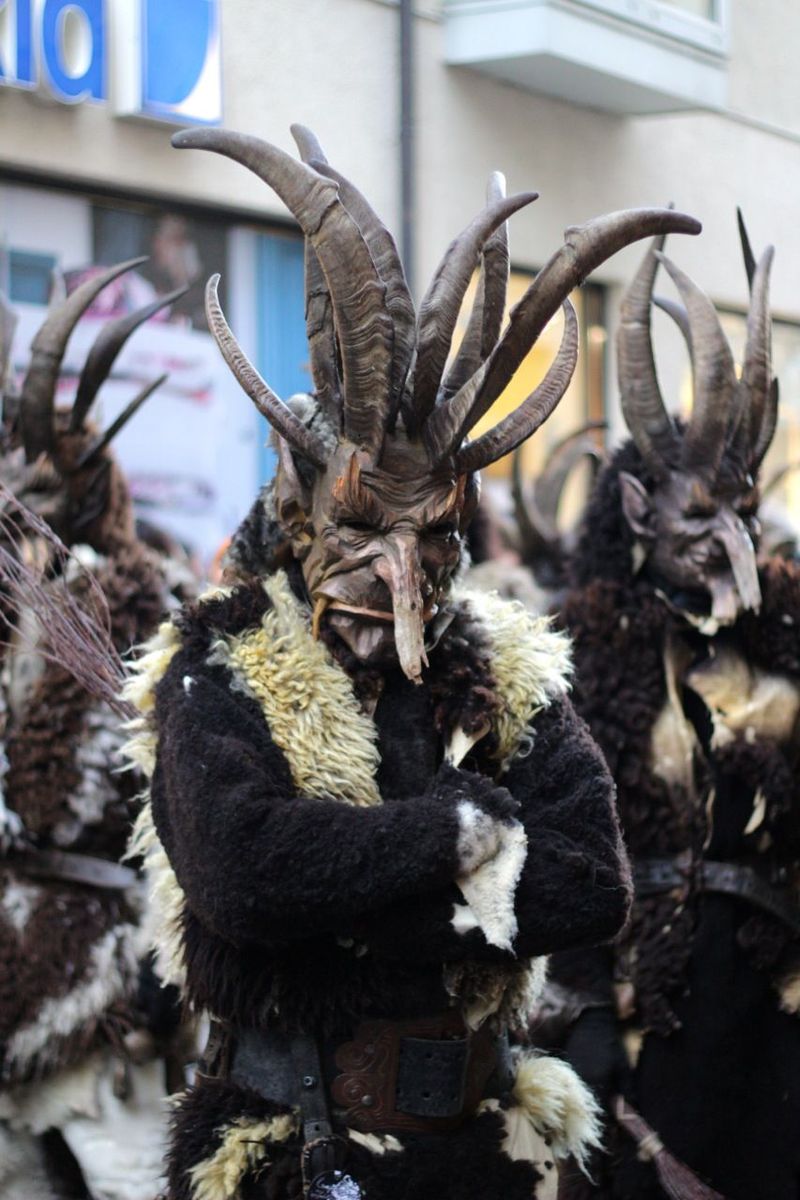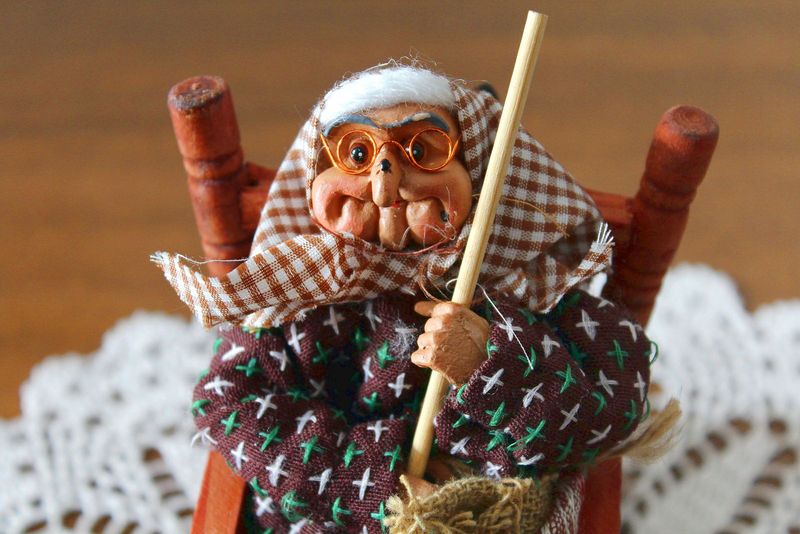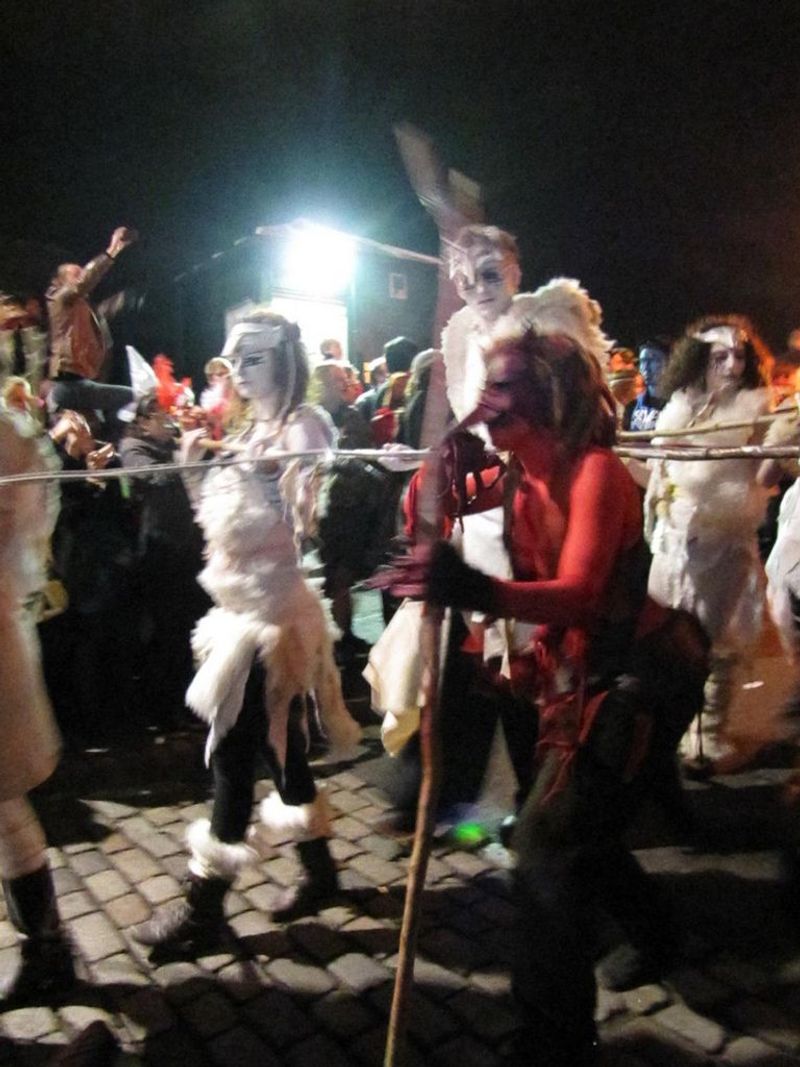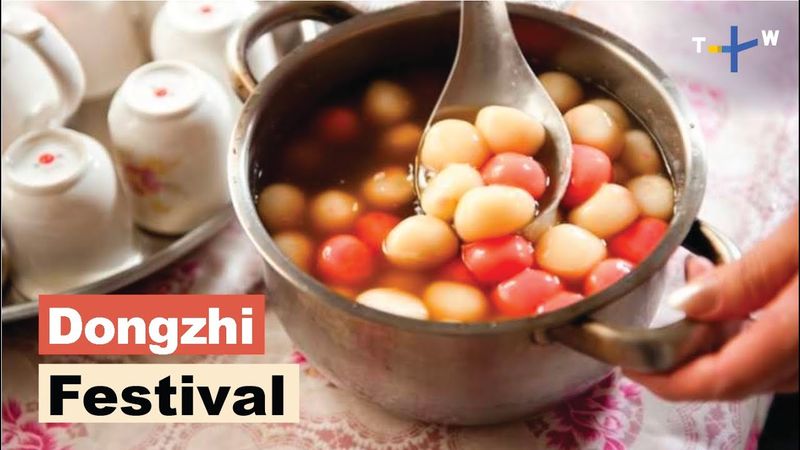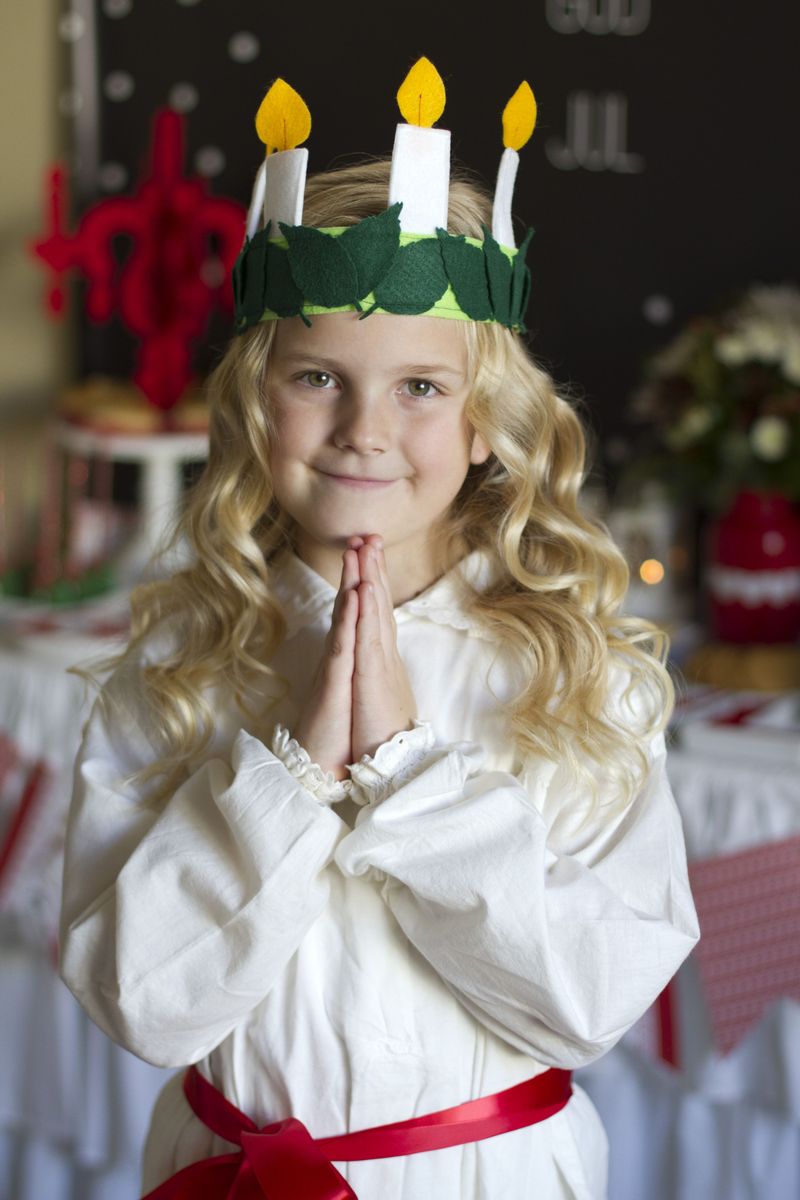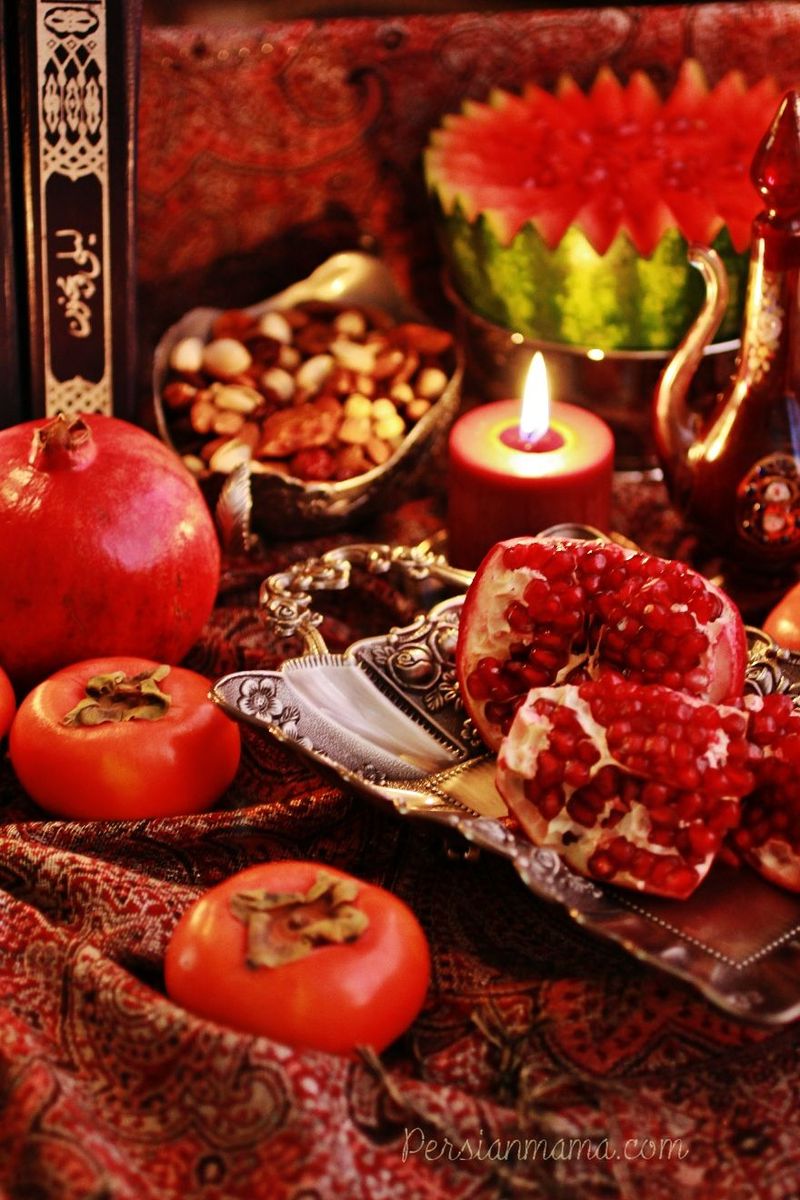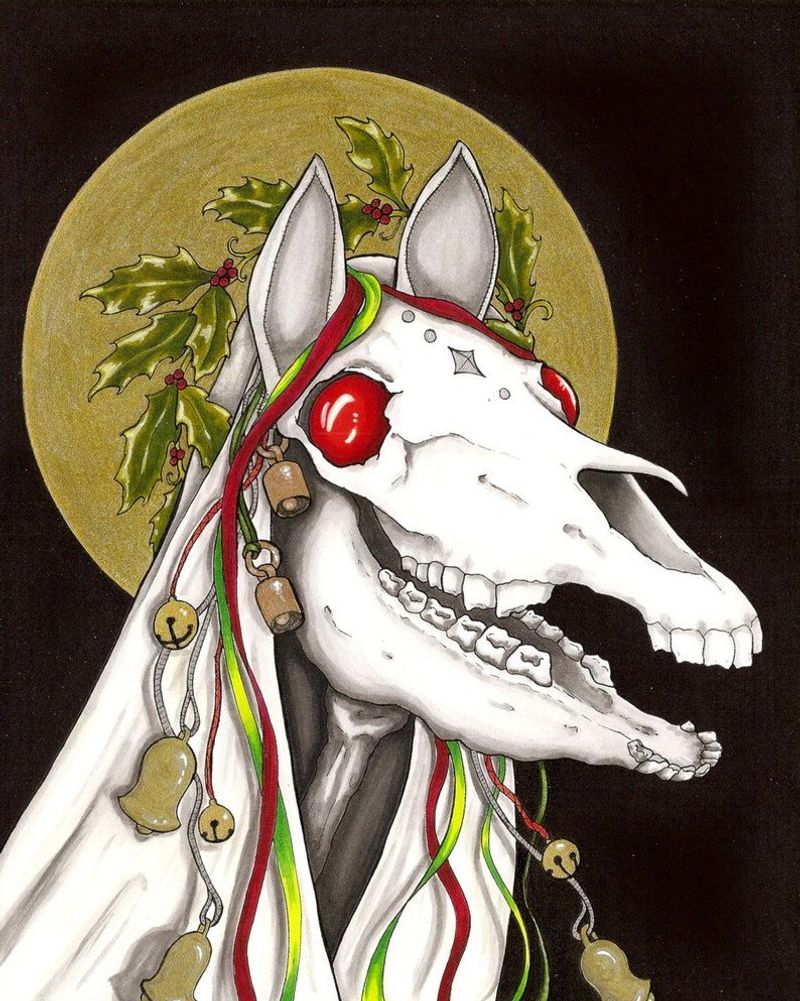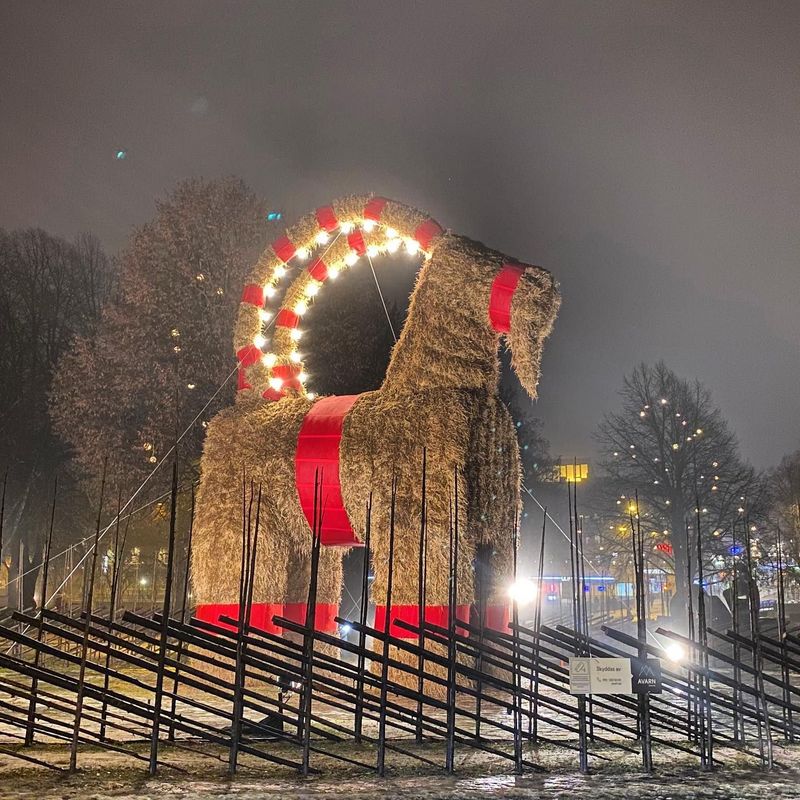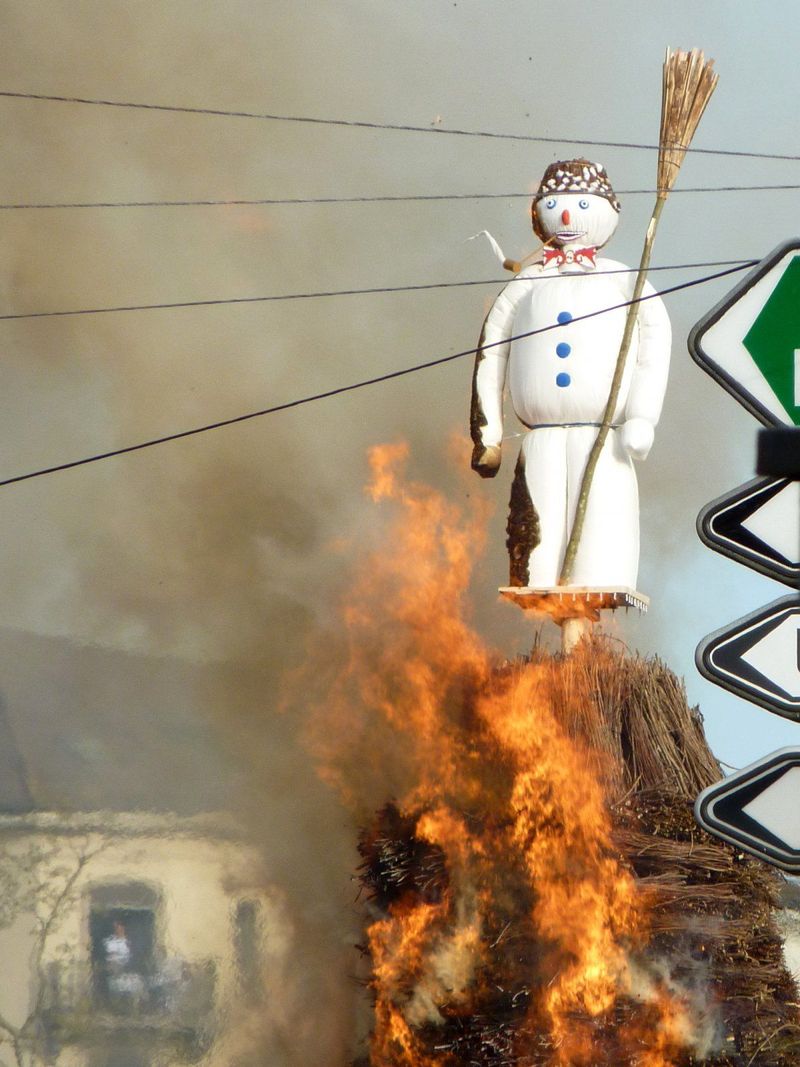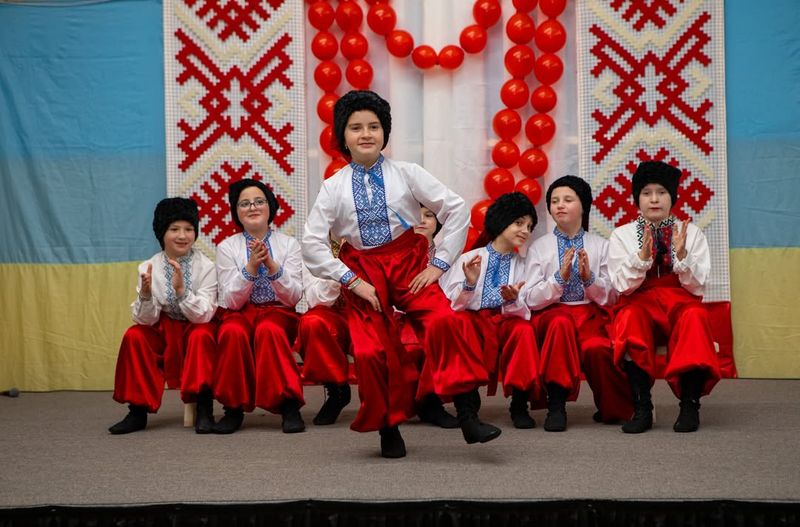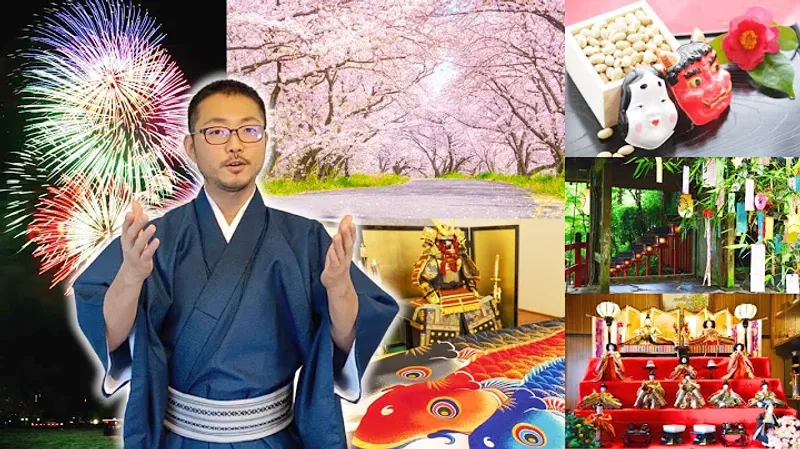Winter is a season filled with intriguing customs and celebrations around the world. From unique festivals in snowy landscapes to peculiar rites passed through generations, each tradition offers a glimpse into the diverse ways cultures embrace the cold. Join us as we explore some of the weirdest and most wonderful winter traditions celebrated across the globe, capturing the spirit and essence of this magical season.
Krampusnacht in Austria
In Austria, the eerie Krampusnacht is celebrated on December 5th. This tradition features Krampus, a horned creature, who roams the streets looking for naughty children. Unlike Santa, Krampus punishes the bad rather than rewarding the good. The myth originates from ancient Alpine folklore, with Krampus acting as a foil to St. Nicholas. Villagers dress up in elaborate costumes, complete with masks and bells, creating a spectacle of fear and awe.
Children and adults alike gather to witness the parade, blending fear with festivity. It’s a night where the line between myth and reality blurs, embracing the darker side of winter.
La Befana in Italy
Italy celebrates Epiphany with La Befana, an old witch who delivers gifts on the night of January 5th. Legend says she was invited by the Magi to visit Baby Jesus but missed the opportunity. Now, she roams the world, giving gifts to children in her quest.
Families prepare by hanging stockings and leaving out refreshments. The next morning, children excitedly find sweets or coal, depending on their behavior. This charming tradition combines Christian and pagan elements, providing a magical end to the festive season.
With broom in hand, La Befana enchants hearts, blending warmth with whimsy, amidst chilly January air.
Samhain in Scotland
Samhain, celebrated in Scotland, marks the end of harvest season on October 31st. It’s a time when the veil between worlds is thin, based on ancient Celtic beliefs. Bonfires are lit to ward off spirits, and people dress in costumes to blend in with the supernatural.
This tradition has influenced modern Halloween, yet retains its unique cultural significance. Rituals involve storytelling, music, and food, connecting communities to their ancestors.
Under the moonlit sky, participants honor the past while embracing the mystery of the unseen. Samhain is a celebration of life, death, and the cycles of nature.
Dongzhi Festival in China
The Dongzhi Festival, celebrated around December 21st, marks the winter solstice in China. Families come together to enjoy tangyuan, sweet glutinous rice balls, symbolizing reunion and harmony. This festival emphasizes the balance of yin and yang, welcoming longer days ahead.
Rooted in ancient philosophy, Dongzhi connects people to seasonal change, honoring ancestors and seeking prosperity. Traditional customs vary, but the underlying theme of unity remains powerful.
In cozy homes, warmth and laughter fill the air as everyone savors the delicious tangyuan. It’s a time for reflection and gratitude, embracing the cyclical nature of life.
St. Lucia Day in Sweden
St. Lucia Day, celebrated on December 13th in Sweden, honors Lucia, a saint known for bringing light during dark times. The tradition involves a procession led by a girl wearing a crown of candles, symbolizing hope and enlightenment.
Participants sing traditional songs, dressed in white robes, creating an enchanting atmosphere amidst the winter chill. The celebration includes saffron buns and coffee, adding a warm, communal aspect to the event.
St. Lucia Day is a cherished tradition, reflecting resilience and joy. It’s a reminder of light overcoming darkness, a theme resonant in Sweden’s long winter nights.
Yalda Night in Iran
Yalda Night, celebrated on December 21st, marks the longest night of the year in Iran. Families gather to read poetry, particularly Hafez, and enjoy fruits like pomegranates and nuts. These symbolize the light and warmth of summer, promising brighter days.
Rooted in Zoroastrian tradition, Yalda signifies the triumph of light over darkness. It’s a culturally rich event, blending ancient beliefs with modern practices.
In the warmth of loved ones, tales of ancient heroes and mystical stories unfold. Yalda Night is a celebration of unity and hope, bridging past and present under the winter sky.
Mari Lwyd in Wales
Mari Lwyd is a quirky New Year tradition in Wales, involving a decorated horse skull paraded door-to-door. This custom involves singing and poetry, with participants engaging in a playful battle of wits, known as pwnco.
The origins are ancient, possibly linked to pre-Christian times, symbolizing luck and fertility. Villagers warmly welcome the Mari Lwyd, sharing food and drink with the visiting troupe.
In this jovial event, history and humor intertwine, fostering community spirit. Mari Lwyd showcases the Welsh love for song and verse, bringing warmth and laughter to the cold winter nights.
Gävle Goat in Sweden
In Sweden, the Gävle Goat is a giant straw goat erected annually in the town of Gävle. This tradition began in 1966, becoming famous for its frequent destruction by fire—a mischievous twist embraced by some locals.
The goat stands as a symbol of Christmas spirit, attracting tourists who marvel at its construction amidst snowy landscapes. Despite its fiery history, the goat endures as a beloved fixture.
Each year, anticipation grows as the goat is built, watched over by security to prevent arson. The Gävle Goat is a testament to resilience, creativity, and festive cheer.
Snowman Burning in Switzerland
In Switzerland, the burning of the Böögg, a snowman effigy, marks the end of winter during Sechseläuten, celebrated in Zurich. This tradition predicts the coming summer weather—faster the Böögg burns, better the summer.
A lively event, it features parades and festivities, uniting communities in joy and anticipation. The Böögg, filled with fireworks, creates a spectacular display against the winter sky.
This peculiar ritual blends humor with hope, symbolizing the farewell to winter’s chill. As flames consume the snowman, spirits lift, heralding the vibrant promise of summer’s warmth.
Koliada in Ukraine
Koliada, celebrated in Ukraine, is a joyous Christmas tradition involving caroling and festive songs. People dress in traditional attire, visiting homes with star-shaped decorations, spreading cheer and goodwill.
This vibrant custom dates back to pre-Christian times, blending pagan and Christian elements. Koliada is more than just caroling; it’s a celebration of community and heritage, steeped in rich folklore.
As snowflakes dance in the air, melodies resonate through the village, strengthening bonds and sharing joy. Koliada is a heartwarming tradition, reminding everyone of the warmth and connection during the cold winter season.
Ice Swimming in Finland
In Finland, winter brings the exhilarating tradition of ice swimming. Participants cut holes in frozen lakes, bravely plunging into the icy water. This invigorating practice is believed to boost circulation and improve well-being.
Often followed by a sauna session, it’s a beloved winter activity embraced by locals of all ages. The contrast between the cold plunge and the warm sauna invigorates both body and spirit.
Ice swimming is not just a test of courage but a celebration of Finnish resilience and love for nature. Amidst snowy landscapes, it’s a refreshing reminder of vitality and endurance.
Omisoka in Japan
Omisoka, Japan’s New Year’s Eve celebration, focuses on cleansing and preparation for the year ahead. Families clean their homes and settle debts, fostering a fresh start. The tradition involves eating toshikoshi soba, symbolizing longevity and the crossing over from one year to the next.
As midnight approaches, temple bells ring 108 times, representing the cleansing of worldly desires. This spiritual practice connects people with time-honored values and aspirations for the future.
Omisoka is a harmonious blend of reflection and renewal, welcoming the new year with gratitude and hope. It’s a celebration of life’s continuity and potential.
